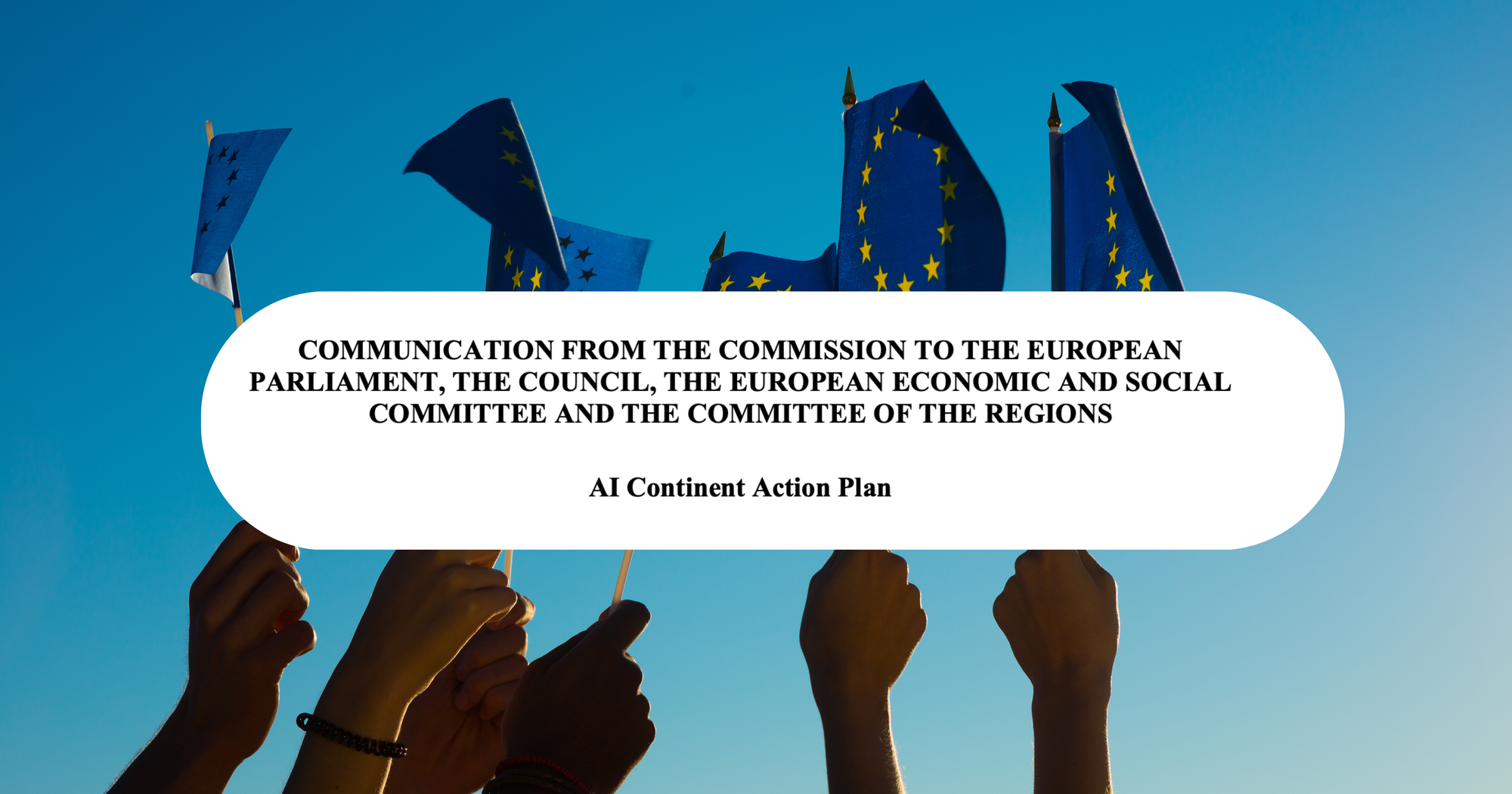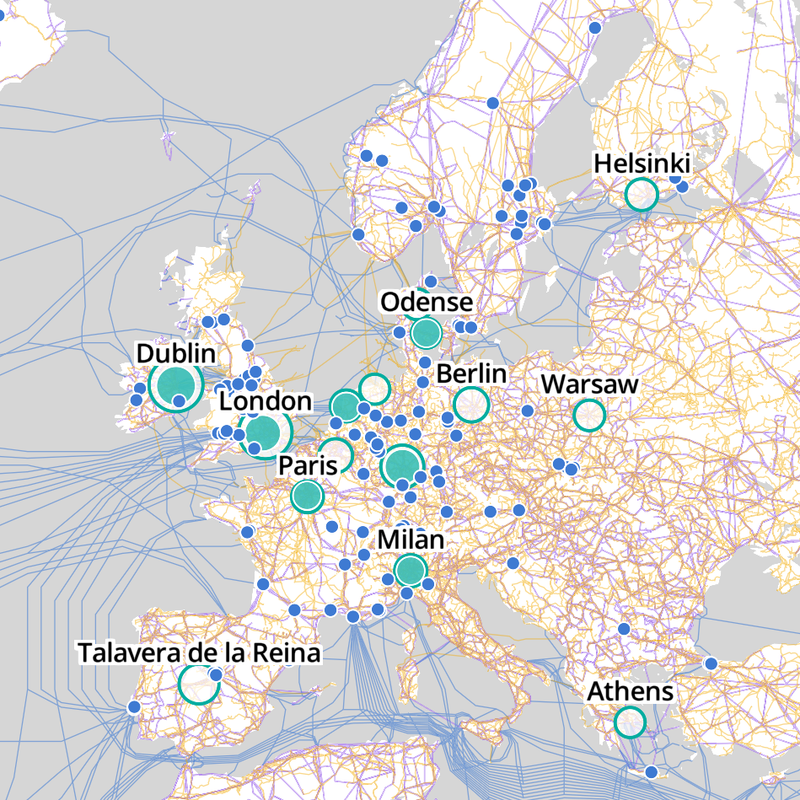Europe’s AI Continent action plan: too lean on the simplification and data part
Last week, the EU Commission unveiled its AI Continent Action Plan to boost AI adoption and leadership. While it generated buzz, much of it echoes earlier proposals—and key measures on simplification and red tape, especially around the AI Act and GDPR, remain thin.
Last week, the European Commission published its AI Continent Action plan on how to accelerate artificial intelligence development and adoption in the EU and make the EU into a “global leader in artificial intelligence (AI)”.
There has been a lot of buzz around the Plan, yet it seems the plan includes many elements we’ve already seen in Ursula von der Leyen’s mission letters for the College and the Competitiveness Compass.
Most importantly, proposals on simplification, cuts on red tape, and data availability seem pretty lean.
The structure: 5 elements
The AI Continent Action Plan focuses on five elements: 1) infrastructure, 2) data, 3) regulatory simplification, 4) skills (and talent), and 5) the development of algorithms and AI adoption.
While the Commission went into detail on measures to promote skills, computing infrastructure, and adoption, the measures on data and regulatory simplification remain largely status quo-oriented.
The EU plans to allocate €200 billion to boost AI development in Europe, including €20 billion to finance up to five AI Gigafactories—large-scale facilities designed to develop and train complex AI models in preparation for AGI—and 13 AI Factories intended to support startups, industry, and research. The Commission remains realistic about the Gigafactories and admits it will need public–private partnerships to fund them.
Data center and cloud-wise, the EU is planning to introduce the Cloud & AI Development Act, which aims to boost investment in cloud infrastructure and data centers and to triple the EU’s data center capacity by 2035. The discussions around this Act will be important and interesting—the European Commission has stated clearly that 'for highly critical use cases, including AI applications, sovereignty and operational autonomy require highly secure EU-based cloud capacity.' What will entail 'highly critical use cases' remains to be answered.
AI adoption-wise, the Commission will push European industry to integrate AI through its 'Apply AI' strategy, focusing on embedding AI into strategic sectors such as the public sector and healthcare. The implementation of this strategy is expected to involve the existing European Digital Innovation Hubs (EDIHs).
The Commission aims to address the shortage of AI specialists by supporting an increase in EU Bachelor’s, Master’s, and PhD degrees in key technologies, launching an AI Skills Academy, and introducing several initiatives to attract non-EU researchers and professionals to move to the EU.
Energy: no mention of nuclear yet
One of the most important factors for AI development and application—energy—has been mentioned only briefly in the Plan. The Commission plans to adopt a Strategic plan for the digitalisation and use of AI in the energy sector by 2026. So far, there’s no mention of clean energy, and no mention of nuclear.
The strategic roadmap for digitalisation and AI in the energy sector will propose measures to facilitate the sustainable integration of data centres into the energy system and address other energy-related issues resulting from the large-scale deployment of data centres in the EU such as electricity grid optimisation, energy efficiency in buildings and industry and demand-side flexibility.
Data - no mention of simplification omnibuses, impact assessments, the GDPR
European startups and scaleups face limited access to data due to strict personal data protections, especially when compared to the rest of the world, in addition to unwillingness of both state-owned companies (think: centralized registries) to open valuable data sets and the European industry being territorial about their data.
The Commission plans to adopt a Data Union Strategy, which should, in theory, harmonize the framework between various data frameworks and ensure better data availability for European companies and researchers. The consultation on the Data Union Strategy itself was supposed to be launched in Q1 but has been postponed until now.
The Data Union Strategy will focus on strengthening the EU’s data ecosystem by enhancing interoperability and data availability across sectors, to respond to the scarcity of robust and high-quality data for the training and validation of AI models. It will aim to better align data policies with the needs of businesses, the public sector and society, while fostering a trustworthy environment for data sharing. To achieve this, necessary safeguards will be put in place to ensure the confidentiality, integrity, and security of shared data, thereby promoting a culture of trust and cooperation. Particular attention will be given to streamlining existing data legislation to reduce complexity and administrative burden and to ensure that data governance structures are efficient and effective, based on an inclusive process that takes into account applicable copyright legislation.
Additionally, the Commission plans to set up Data Labs and continue the deployment of Common European Data Spaces.
Unfortunately, the Plan’s section on data availability fails to address the GDPR, the scope of personal data, and other core issues that hinder European innovators from building data-driven products at home. Questioning the GDPR is politically sensitive—but necessary. While the Commission’s intent to simplify reporting requirements and harmonize implementation across Member States is commendable, it won’t be enough to move the needle.
Regulatory compliance & simplification: AI Act Service Desk… and more consultations
The leanest part of the plan is about regulatory compliance and simplification. The Commission reiterates that “the AI Act’s success will primarily depend on how workable its rules are in practice.”
Note: there is no debate on impact assessments—sooner or later, no mention of Omnibus simplification initiatives either. This part of the plan focuses solely on a few new measures to help companies with compliance.
One of the measures is the launch of the AI Act Service Desk, under the umbrella of the AI Office, by July 2025.
This initiative will provide straightforward and free access to information and guidance on the applicable regulatory framework, which will particularly serve the needs of smaller AI solution providers and deployers. The answers will consist of practical advice that will help to understand and comply with the AI Act. The AI Act Service Desk will be provided by a dedicated team in the AI Office
The second measure is to identify stakeholders’ regulatory challenges through the Apply AI Strategy public consultation, which closes at the beginning of June.
Last but not least, the General Purpose AI Code of Practice also gets a mention as a positive development and measure—though, so far, it has faced significant criticism from both sides: the tech industry and authors alike.
In addition, the Commission facilitates compliance by steering co-regulatory instruments like the development of standards in support of the AI Act and the Code of Practice on general-purpose AI
.







